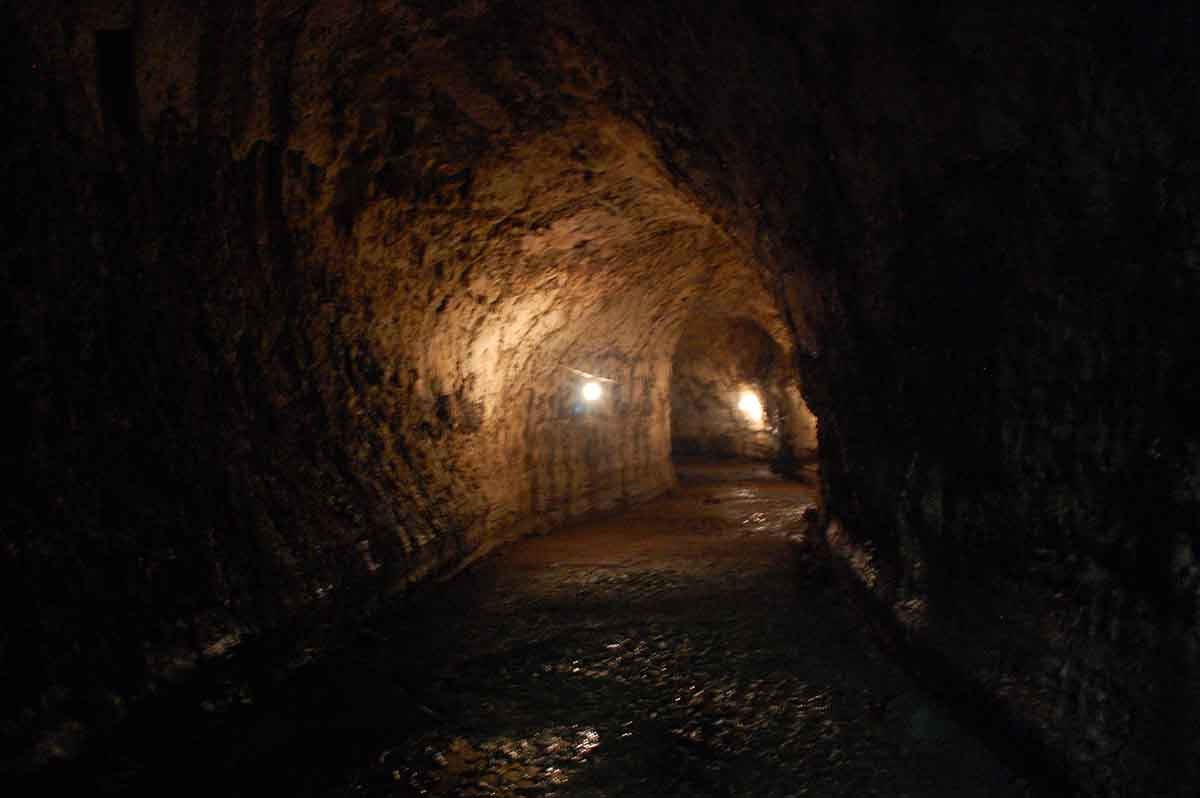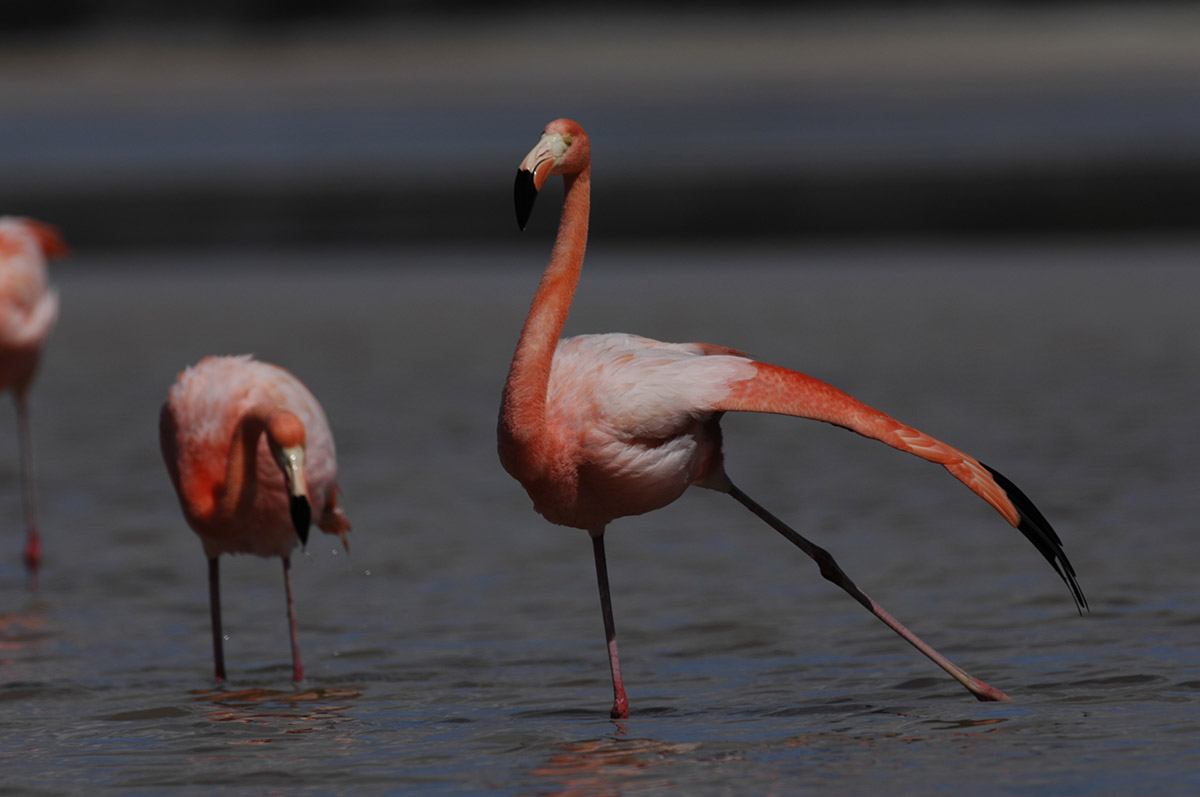North Seymour Island
North Seymour is flat because it was an island that was uplifted and not volcanic. Due to its ideal nesting areas, you can expect to see large numbers of spectacular Frigate birds. Blue-footed boobies will perform their courtship dances in the open areas while swallow-tailed and gulls rest on the outer shore. You can also see sea lions or Marine iguanas on the beach.
Santa Cruz Island: Dragon Hill
Dragon Hill, located in northern Santa Cruz Island, is a visitors' site that consists of a trail running through three environments and measuring 1,600m long.
It was named because it was the only place on Santa Cruz Island that had land iguanas, Conolophus subcristatus, in a healthy condition in 1975. The Galapagos National Park, Charles Darwin Foundation and others initiated a program to preserve land iguanas in the same year. The North Seymour iguanas (originally from Baltra), the iguanas at Cartago Bay (Isabela Island), and Santa Cruz Island iguanas were all studied before being transported to special pens that allowed them to breed in captivity. By 1979 first iguana were born.
To keep them away from wild dogs, the entire Cerro Dragon iguana colony was moved to Venice Islet. To provide a suitable environment for nesting, soil was also taken from Cerro Dragon's base. To prevent predator dogs crossing to Santa Cruz Island, it was necessary to create a barbed wire fence that separated the Venice Islet and Santa Cruz Island. This is to keep them from entering the Islet which is separated by narrow channels. In 1990, Cerro Dragon received several iguanas from Venice that had been reproduced.
Cerro Dragon is currently without dogs. The Galapagos National Park Service monitors cats and donkeys constantly.
Artemia salina shrimp is found in the lagoons of this site. They are the same food as flamingos, but at certain times of the year they are more plentiful and the population is higher. The lagoons' water becomes too sweet during rainy seasons, which causes a decline in shellfish population and a decrease in shorebirds.


